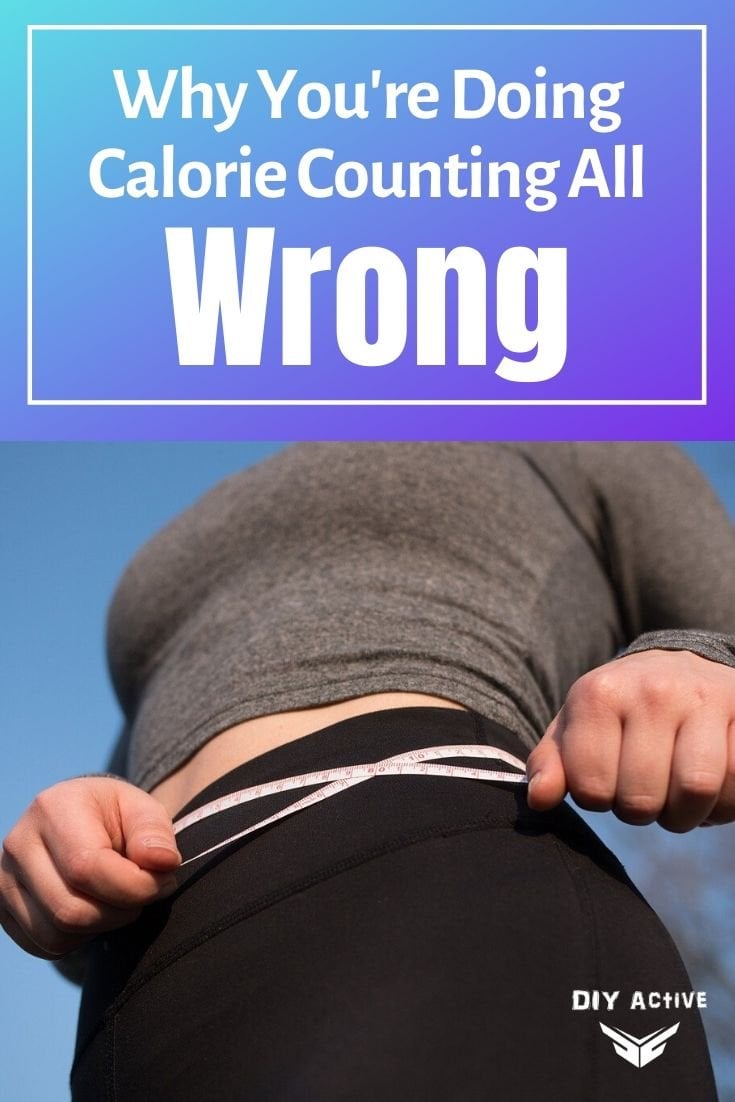Why You’re Doing Calorie Counting All Wrong
It sounds easy. If you want to lose weight, you need to eat fewer calories than you burn/use throughout the day. Nothing special, right? So you started tracking your daily caloric intake, but your weight isn’t coming off.
Calorie counting can be misleading
Don’t worry, it’s a common problem. According to USDA, people often miscalculate their daily calorie intake, underestimating it.
Moreover, there are a lot of factors affecting your calculations. Let’s take a look at a few of them.
Ideal Caloric Intake
At first, we need to understand how many calories you really need to burn to lose excess weight.
WARNING! This is theoretical information. Don’t try to repeat this at home! One pound of weight is equal to approximately 3,500 calories. Thus, losing 1 pound a day means burning 3,500 calories daily, while not consuming anything.

Let’s switch to a more realistic situation.
To lose 1 pound a week the daily caloric intake should be shortened by 500 calories. Not too much, but it isn’t easy to burn that many calories, especially when we are miscalculating daily intake.
One of the main reasons for the mistake is equipment.
Going to the gym, we are tracking caloric expenditure using exercise machines. It’s very comfortable to run on the elliptical machine and view how many calories you burn.
But stop, according to the University of California research, exercise equipment overestimates the number of burnt calories by 19 percent. Furthermore, the overestimation percentage can vary to 42 percent, making our calculations completely useless.
“But I’m using the smartwatch to track my caloric expenditure!”
Sorry, but I have bad news for you. A Good Morning America study says that wearable technologies overestimate caloric expenditure by 28 percent. Sadly, you are not burning as much as you think.
Caloric Intake Calculations
Assuming that you are tracking expenditure 100% correctly, another problem arises – intake.
Yes, I know that you are adding every piece of zero-fat cheese to your calorie counter. But sometimes a problem isn’t in calories, it’s deeper.
Make sure that you are reading the whole label, not only the nutrition section, because the problem is always hidden in high-sodium products. These products cause water retention, slowing your weight loss.
However, the main reason for miscalculating your macros is in “forgetting” to add data about the meals you’ve ordered at a restaurant.
“It is too nerdy – weighing all the food at a restaurant.” Honestly, we totally agree with you – you need to enjoy your meals, weighing everything you’ve just looked at is more like mania.
However, if you really want to lose weight, you need to track what you eat wherever you are.
For such a purpose, there’s the Nutritionista app. First, it is much easier to click several times on the screen than weigh all the ingredients of your meal.
Secondly, this application doesn’t miscalculate the data allowing you to track your caloric intake as close to the real one as possible.
Finally, Nutritionista offers really useful nutrition tips to ease the weight loss process.
Wrap-Up
So, where is your mistake in calculations? Hopefully, now you are ready to fix it!